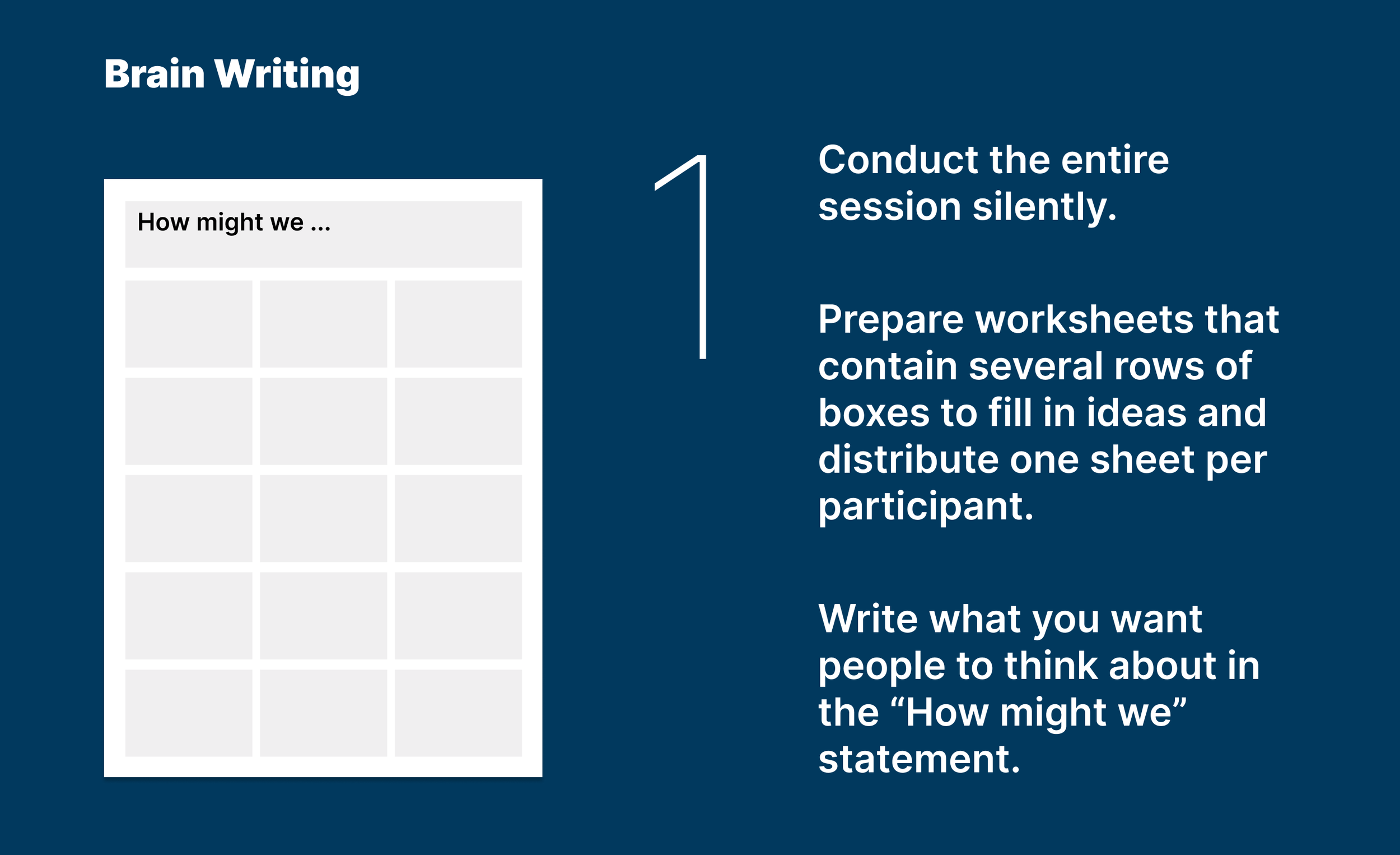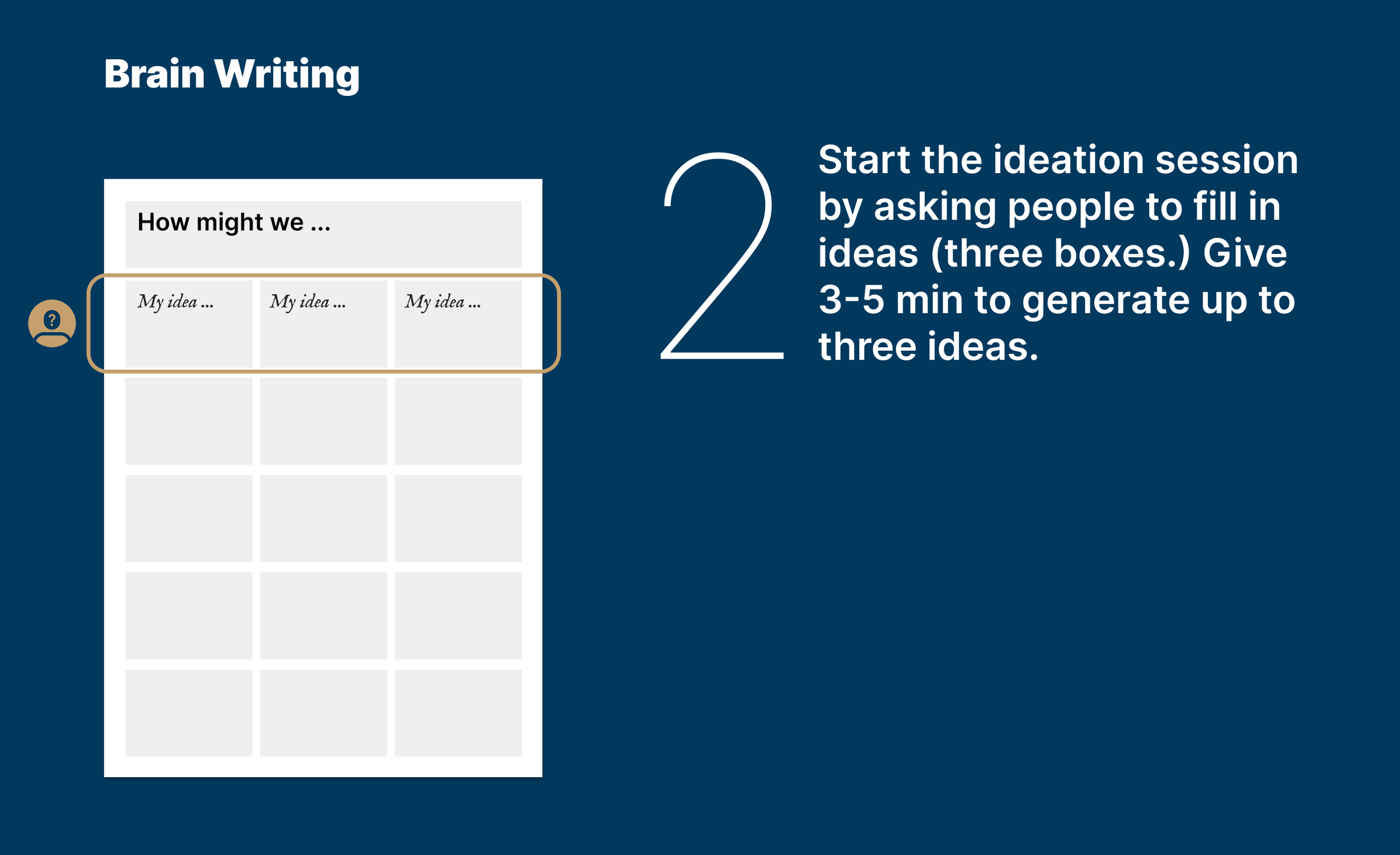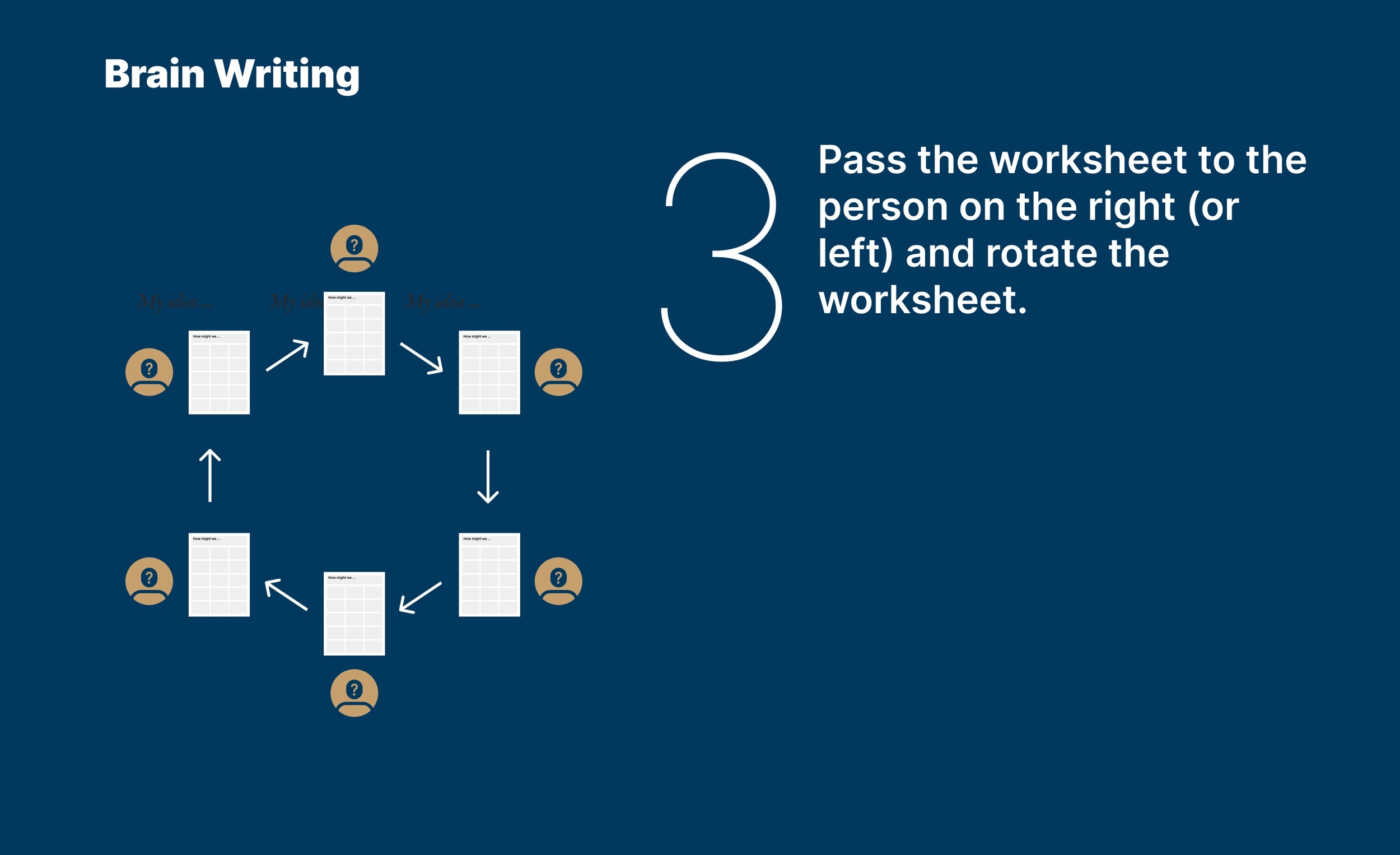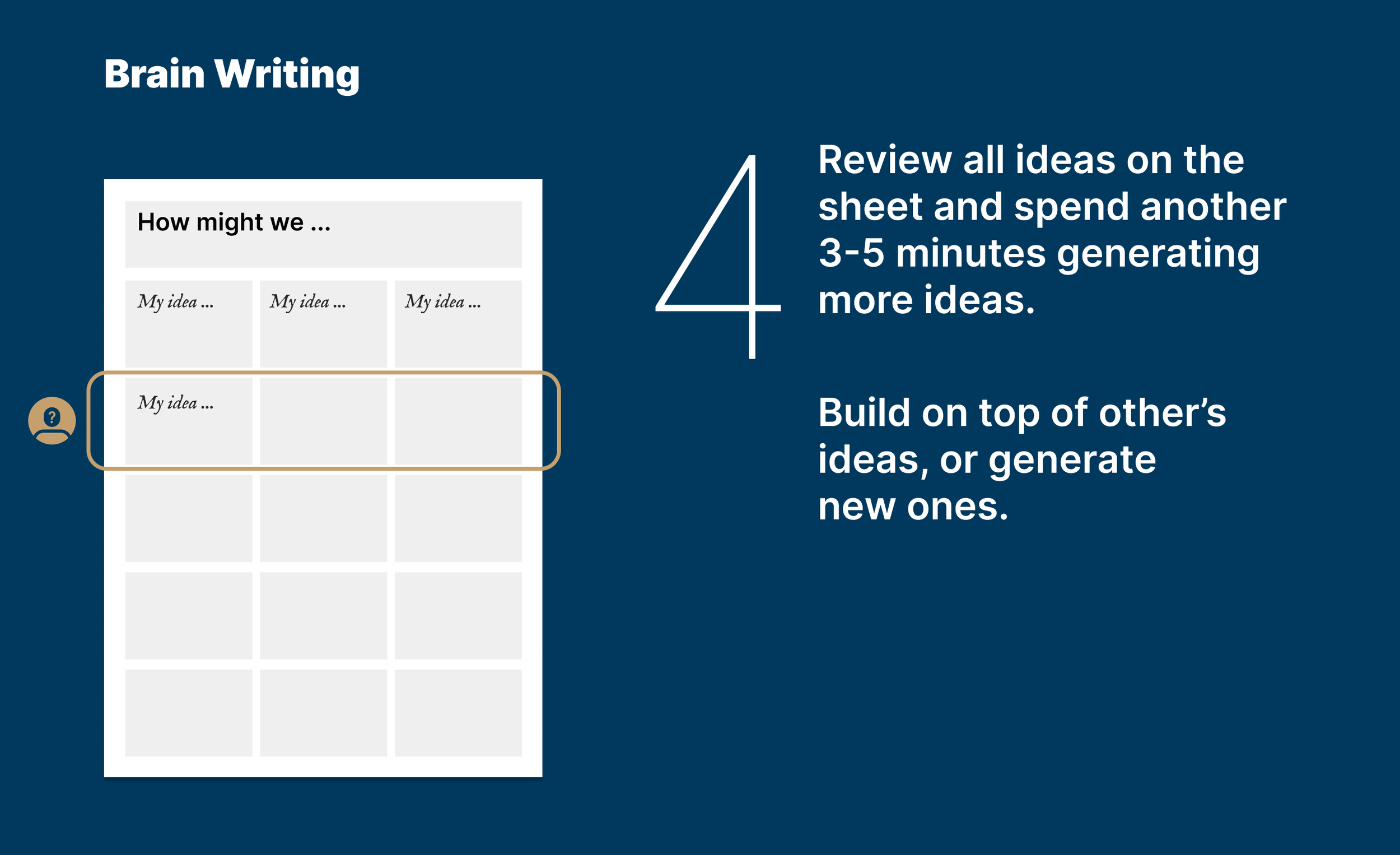3 Facilitator’s Tips to boost creative thinking in the workshop
As a facilitator or team leader, what can you do to help your team generate more creative ideas?
In this article, you’ll learn a few tips you can implement today.
Imagine you are hosting an ideation workshop with your colleagues and bosses. You ask all participants to come up with interesting ideas. You created groups and asked each group to think about ideas. How are people doing? Observe the room. While some people do just fine generating and sharing ideas in front of people, others may struggle. What do you do for those who are not feeling comfortable? If you don't have any clear tactics, then the team will not gain benefits from those quiet individuals.
By applying the human-centered design approach, we studied why and how people feel uncomfortable in ideation sessions and crafted three tips to improve workshop outcomes. Jumping ahead to our conclusion, you can try the following tips.
Start with your mindset
Accommodate a range of thinking styles
Create a judgment-free environment
Read on to learn more.
1: Start with your mindset
The environment is a mirror of your mind. It's amazing to see how a leader's (or facilitator's) mind gets projected to the atmosphere you create in your workshop.
The first question to ask yourself is, "Am I ready for truly creative ideas?"
If you are not truly ready to encounter wacky, crazy, silly, whimsical, or controversial ideas, no matter how you tell your participants, that is the environment you are creating in your workshop. If you truly desire for people to generate wild ideas, then start having that mindset on your own, then unite with other leaders in your organization.
When leaders are truly open to creativity, the rest of the people would gain more chances to thrive in creative thinking.
2. Accommodate a Range of Thinking Styles
It's important to acknowledge different thinking styles such as individual, pair, or group, and as a facilitator, it is your opportunity to design an environment for that.
If you are new to facilitating a workshop, it's easier to set an entire flow and make people follow your workshop agenda rigidly. However, a better way is to do it more organically. Depending on the workshop's duration and your understanding of the participant's thinking type, you could either introduce a few different modes of thinking and rotate each mode.
For example, you could have people spend the first 5 minutes thinking alone, then discuss in pairs, and then have two pairs (four people) team up to solidify their ideas. Another way is to let people choose whichever thinking style they prefer. However, you'd want to couple this with the next tip so that individual thinkers would not be left alone thinking by themselves for the entire time.
3. Create a Judgment-Free Environment
Part of the reason we feel fear of sharing ideas is that by sharing ideas verbally, the connection between the idea itself and the author of the idea is always visible. Meaning, we always know who generated the idea when one shares an idea.
So, what can you do? I suggest you unlink the idea and its ownership. It's pretty difficult to view each idea without being influenced by the author of the idea. If the idea is shared by your boss, you will look at the idea as your boss’s thought.
By detaching information about who generated each idea, the idea finally becomes free. People can then face all ideas in pure form and build even better ideas. This will also free people from being judged with their "stupid ideas."
For instance, you can create an environment where people pitch ideas without fear of judgement by having them generate their ideas anonymously on sticky notes (whether physically or digitally). This way, people can focus on the main task of thinking creatively, without being identified by the ideas they propose.
Here are some practical ways that we implement at breabias.co.
Brain Writing
Rather than ask participants to shout out ideas in front of people, this framework allows individuals to write down their ideas about a particular question or problem on sheets of paper for a few minutes. Then, have each participant pass their ideas on to someone else, who reads the ideas and adds new ideas. Below is how you can conduct the brainwriting activity.





Silent Ideastorming
Another easy way is to simply have people put down their thoughts on sticky notes, and the facilitator would gather them and place them on the wall (or table). To achieve even better anonymous ideation, online collaboration tools such as Google Slides, Figjam, Miro.com, or Mural.co would work perfectly for this purpose. Make sure you let people access the anonymous mode instead of their credentials. While asking people to anonymously generate ideas, encourage participants to read other's ideas to generate even more ideas.
While you might feel it's important to give credit to a creative thinker, by breaking the ownership of ideas, you can treat all ideas as raw materials and encourage people to cook them in whatever way possible. Encourage participants to chop, add, combine, eliminate, or deform.
What about in-person sessions? Wouldn’t people know who wrote which ideas?
One easy tip is to have the facilitator gather sticky notes first so that people lose track of who wrote which ideas. Of course, you might notice by the handwriting, but generally speaking, gathering them anonymously allows for a nice anonymous ideation session.
In the next article, we will talk about the importance of challenging the thinker.
Whenever you’re ready, there are 2 ways I can help you:
If you’re looking for innovative ideas for your products, services, and businesses, I’d recommend hosting innovation workshops with me.
If you are interested in training for a systematic innovation thinking, I’d recommend getting trained with the BreakBias Master Course.

